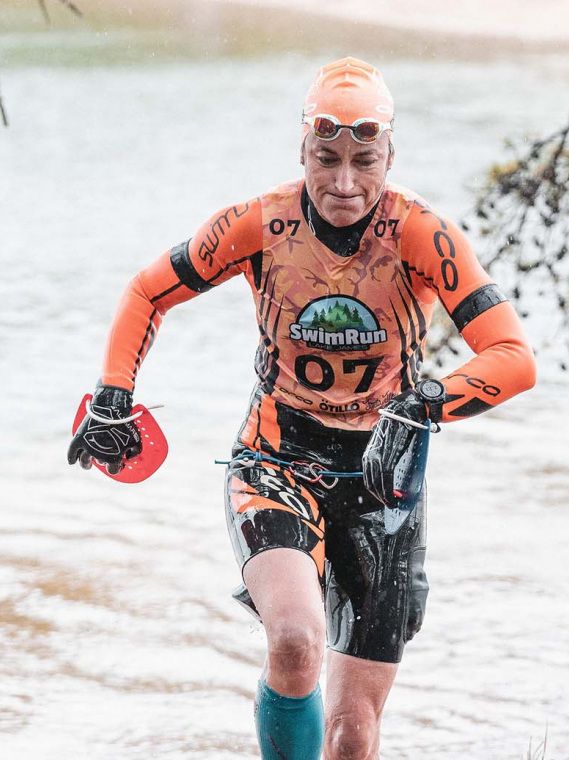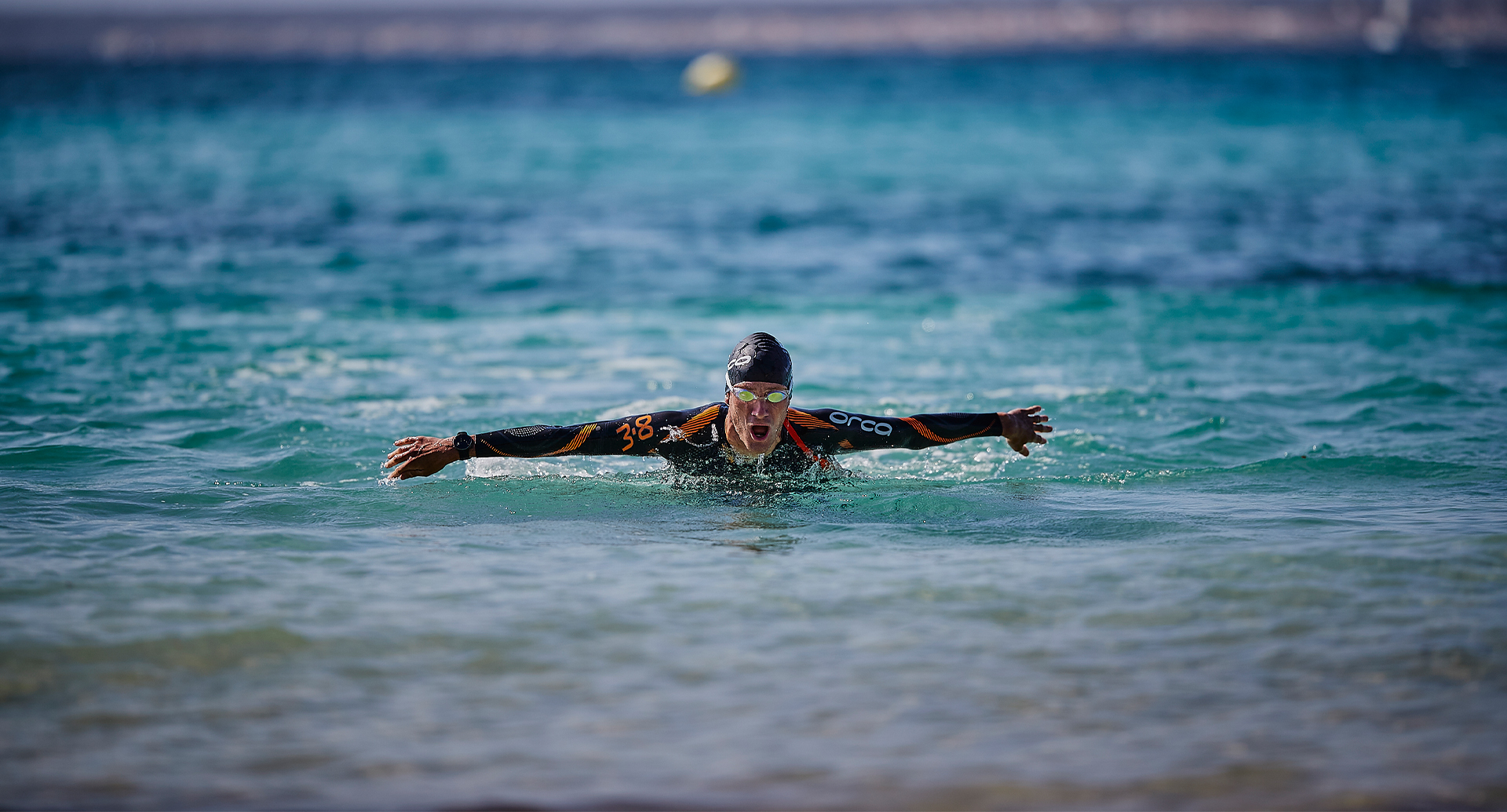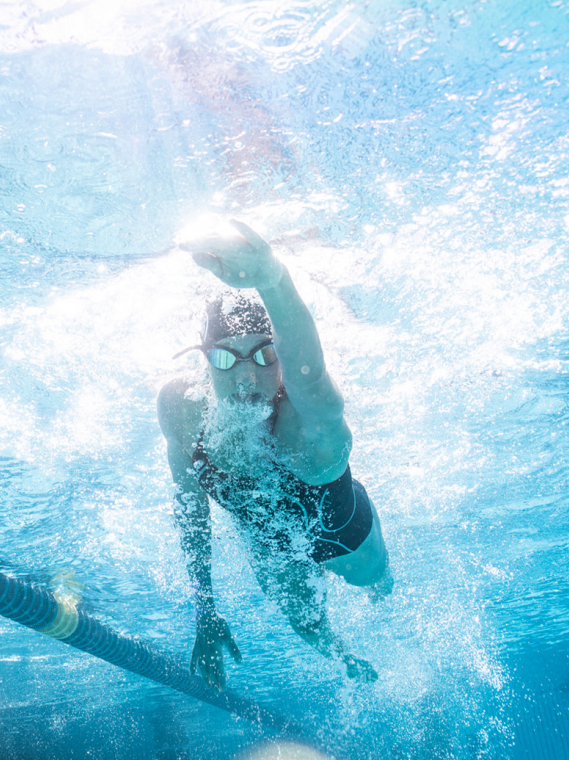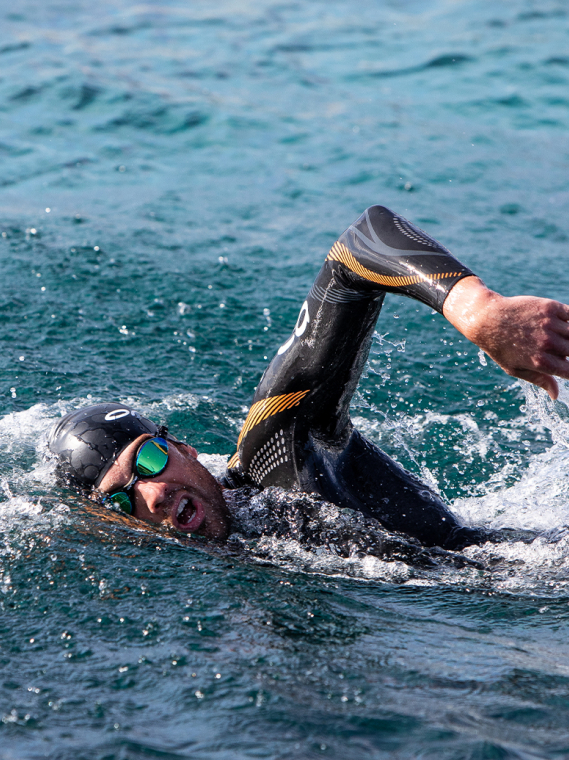
SWIMRUN SERIES| Equipment | Swim Paddles
Swimrun
August 14, 2018
Orca is back with more on Swimrun, which we have been focusing on for the last few weeks. This time we will be discussing equipment and one of the ite...
At Orca, we know that swimming is the one of the triathlon disciplines people struggle with the most, and we want to help you overcome this. Not just by...

At Orca, we know that swimming is the one of the triathlon disciplines people struggle with the most, and we want to help you overcome this. Not just by providing you with quality wetsuits, but we also want to go a little further and give you some advice for steady improvement.
With the help of the outstanding athletes from the BMC-Vifit Sport Team powered by Uplace, we have identified a number of exercises that will help to improve your swimming technique and we will continue to add more to the blog, so be sure to follow our social networks!
This post will specifically focus on some drills that you can use to improve your kick technique. With the help of Will Clarke, we will be looking at different drills that top-level triathletes incorporate into their training regimens in order to improve in this area.
1. Vertical Kick
First, we will show you the so-called "Vertical Kick." You will need some fins to do it. The drill consists of swimming in place with your head above the water while kicking your legs vertically with your arms tight at your sides.
The next photo shows how you can keep your body upright just by kicking your legs without moving your arms.

2. Freestyle kick
The second drill, called the "Freestyle Kick," requires a swim board and flippers.
This is done by placing your arms outstretched on the board, this time with your body in a horizontal position, and moving forward just by kicking.

3. Tombstone kicking
The third and final exercise is known to swimmers as the "Tombstone." This drill also requires both a swim board and flippers. It is done in the same way as the last exercise, but the swim board is held by its shorter sides, positioning it so that it acts as a brake while you progress forward.
This last drill not only improves your technique for swimming forward, but it also strengthens the muscle groups in your legs so that you can exert more strength while swimming.

In this video, Will explains how the drills are done in a more visual way.

August 14, 2018
Orca is back with more on Swimrun, which we have been focusing on for the last few weeks. This time we will be discussing equipment and one of the ite...

August 7, 2018
When you swim, both your body's position and the way that you balance affect the way that your body glides through the water. Once again, we asked...

July 13, 2018
In this post we will show you three basic drills that the athlete, from the BMC-Vifit Sport Team powered by Uplace, uses to improve...